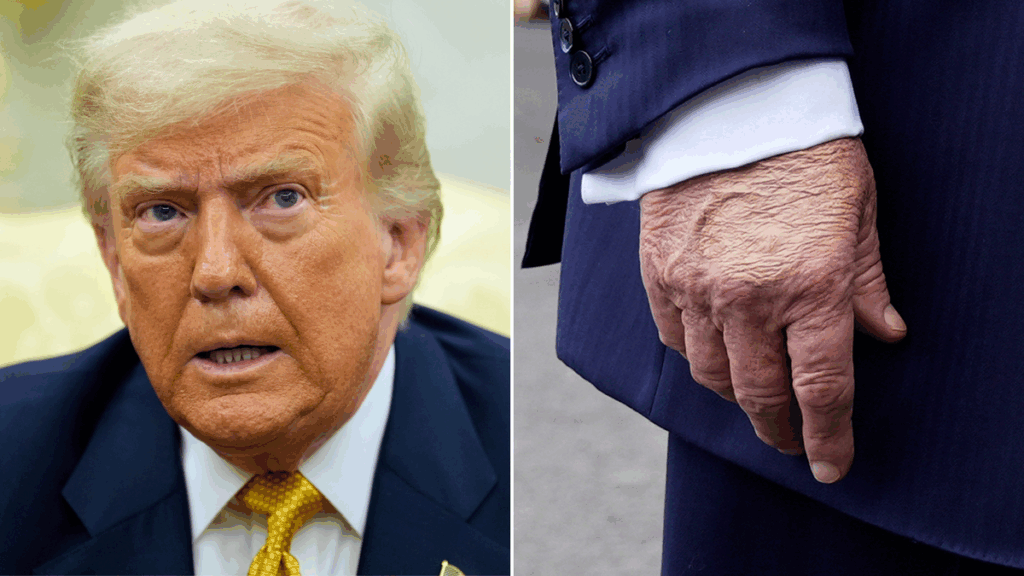
US President Donald Trump has been diagnosed with chronic venous insufficiency after experiencing swelling in his legs, the White House reported on March 15, 2024. Following a thorough examination conducted by the White House Medical Unit, Press Secretary Karoline Leavitt shared the news, which included details from Trump’s physician, Captain Sean Barbabella.
The examination entailed “bilateral lower extremity venous Doppler ultrasounds,” which confirmed the diagnosis of chronic venous insufficiency—a benign condition particularly prevalent in individuals over the age of 70. Leavitt noted that there was no indication of deep vein thrombosis (DVT) or arterial disease, and all lab tests returned normal results.
Understanding Chronic Venous Insufficiency
Chronic venous insufficiency occurs when the valves in veins fail to function correctly, causing blood to pool in the lower extremities. This condition affects approximately 150,000 people annually, and its risk increases with age. Symptoms may include swelling in the legs or ankles, leg pain or cramping, and changes in skin appearance. While the condition is not life-threatening, it can be debilitating, necessitating treatment that may involve medication or medical procedures in advanced cases.
Dr. Jeremy Faust, an assistant professor of emergency medicine at Harvard Medical School, described the situation as “not alarming” and typical for someone in the president’s age group and weight category. He emphasized that it is essential to evaluate such symptoms to rule out more serious conditions.
Dr. Bernard Ashby, a cardiologist, pointed out that while chronic venous insufficiency is generally benign, it can be indicative of underlying issues related to heart or lung pressure. He noted the importance of understanding the root cause of the condition and whether it relates to other health factors.
Dr. Chris Pernell added that factors such as age, obesity, and inactivity can contribute to chronic venous insufficiency. “Prolonged periods of sitting or standing can also lead to this condition,” she explained.
Health Updates and Observations
Leavitt reported that President Trump is currently experiencing “no discomfort” related to his condition. She also addressed concerns regarding bruising on the back of his hand, attributing it to frequent handshaking and the use of aspirin, a common medication for cardiovascular health. Barbabella’s letter stated that this bruising is consistent with minor soft tissue irritation.
The letter concluded with a reassurance that “President Trump remains in excellent health.” As he approaches the end of his current term, he is set to become the oldest president in US history if re-elected.
This health update comes at a time when Trump’s leadership and policies continue to attract attention and scrutiny from both supporters and critics alike. The implications of his health status may play a role in the political landscape as the nation gears up for future elections.






